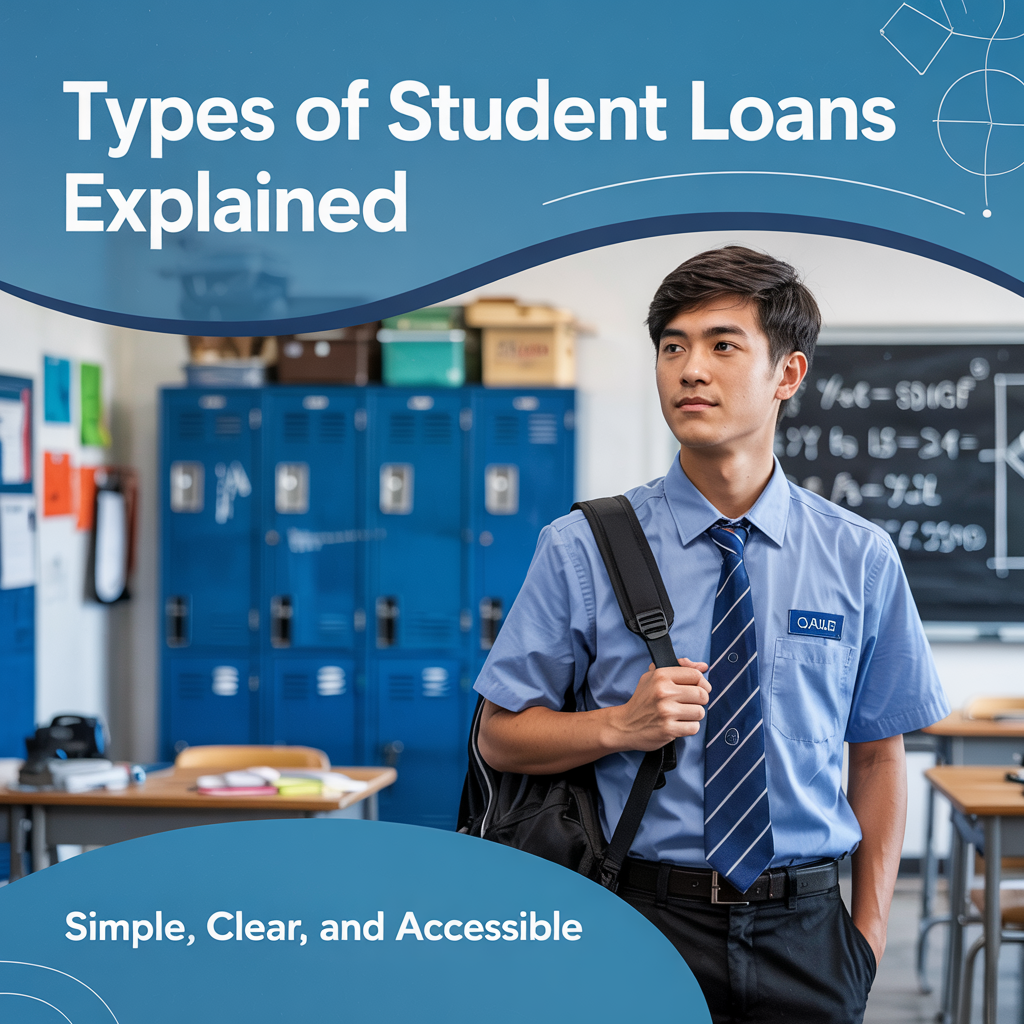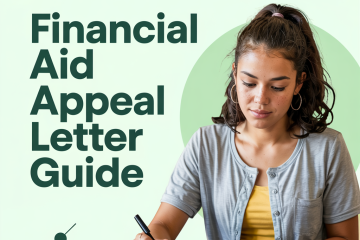Understanding Different Types of Student Loans (Subsidized, Unsubsidized, Parent PLUS, Private)

After exploring grants and scholarships, many students still need help covering college costs. Student loans are a common way to bridge the gap, but borrowing money is a serious decision. Understanding the different types of student loans available – federal subsidized, unsubsidized, Parent PLUS, and private loans – is crucial for making smart borrowing choices that minimize future debt. Let’s break down the main options.
Loans: A Tool to Bridge the Gap (Use Carefully!)
Unlike grants or scholarships, loans are borrowed money that must be repaid, usually with interest. While they make college accessible for many, borrowing more than necessary can lead to financial stress after graduation. Always explore free money (grants/scholarships) first and borrow only what you absolutely need.
🎓 Want to strengthen your college and scholarship applications? Build your student profile on Cirkled In and stand out.
Federal Direct Subsidized Loans
These are often the best type of loan for undergraduate students with demonstrated financial need.
- Source: U.S. Department of Education (federal student aid loans).
- Eligibility: Available only to undergraduate students who show financial need based on their FAFSA.
- Interest: The key benefit: The government pays the interest on subsidized loans while you are enrolled in school at least half-time, during the six-month grace period after you leave school, and during periods of deferment. You start paying interest only after your grace period ends.
- Borrowing Limits: Annual and aggregate limits apply, based on your year in school.
Federal Direct Unsubsidized Loans
These federal loans are available to both undergraduate and graduate students, regardless of financial need.
- Source: U.S. Department of Education.
- Eligibility: Not based on financial need. Most students filing a FAFSA are eligible up to certain limits.
- Interest: This is the main difference from subsidized loans. Interest starts accruing on unsubsidized loans from the moment the loan is disbursed (paid out), even while you’re in school. You are responsible for paying all the accrued interest. You can pay it while in school or let it capitalize (add to the principal balance).
- Borrowing Limits: Annual and aggregate limits apply (higher limits than subsidized loans).
Subsidized vs. Unsubsidized: The Key Difference
The main subsidized vs unsubsidized loans difference lies in who pays the interest while you’re in school and during grace/deferment periods:
- Subsidized: Government pays the interest during these periods (if you qualify based on need).
- Unsubsidized: You are responsible for the interest from day one.
Because of the interest subsidy, subsidized loans are generally more favorable if you qualify.
Federal Direct Parent PLUS Loans
These federal loans are available to parents of dependent undergraduate students (and also to graduate/professional students themselves as Grad PLUS loans).
- Source: U.S. Department of Education.
- Eligibility: Borrower (the parent) must not have an adverse credit history. Financial need is not required. The student must file a FAFSA.
- Interest: Interest accrues from disbursement. Interest rates are typically higher than Direct Subsidized/Unsubsidized loans. There’s also an origination fee.
- Borrowing Limits: Parents can borrow up to the student’s Cost of Attendance minus any other financial aid received.
- Responsibility: The parent borrower is solely responsible for repaying the Parent PLUS loan. It is not the student’s debt (unless later refinanced, which is uncommon).
The Parent PLUS loan explained simply: it’s a loan parents take out for their child’s education.
Private Student Loans
These loans come from banks, credit unions, or online lenders, not the federal government.
- Source: Private lenders.
- Eligibility: Based on the borrower’s (and often a cosigner’s) creditworthiness. Requires a credit check.
- Interest: Interest rates can be fixed or variable and vary widely based on credit score. Rates may be higher or lower than federal loans. Often require payments while the student is still in school.
- Borrowing Limits: Vary by lender.
- Benefits: May offer competitive rates for borrowers with excellent credit.
- Drawbacks: Generally offer fewer borrower protections, less flexible repayment options, and are harder to discharge in bankruptcy compared to federal loans.
Private student loans should usually be considered only after exhausting all federal loan options.
💡 Pro tip: While researching loans, don’t forget to boost your extracurricular résumé. Cirkled In helps you showcase everything colleges want to see beyond academics.
Which Loans Should You Consider First?
Generally, prioritize loans in this order:
- Federal Direct Subsidized Loans: Best option due to interest subsidy (if eligible).
- Federal Direct Unsubsidized Loans: Still offer federal protections and fixed rates.
- Federal Direct Parent PLUS Loans: Can cover remaining costs, but rates are higher, and the debt is the parent’s.
- Private Student Loans: Consider last, only if absolutely necessary. Shop around carefully for the best rates and terms.
Final Thought: Understand Before You Borrow
Understanding the different types of student loans is the first step toward responsible borrowing. Know the difference between subsidized vs unsubsidized loans, understand the terms of Parent PLUS and private student loans, and always borrow only what you need. Research interest rates, fees, and repayment options carefully before signing any loan agreement.
Need more tips on college applications, scholarships, or just how to survive this whole process? Cirkled In has your back—check out Cirkled In resources to help you through every step of your college journey!
Check out Cirkled In and start owning your future today!



0 Comments